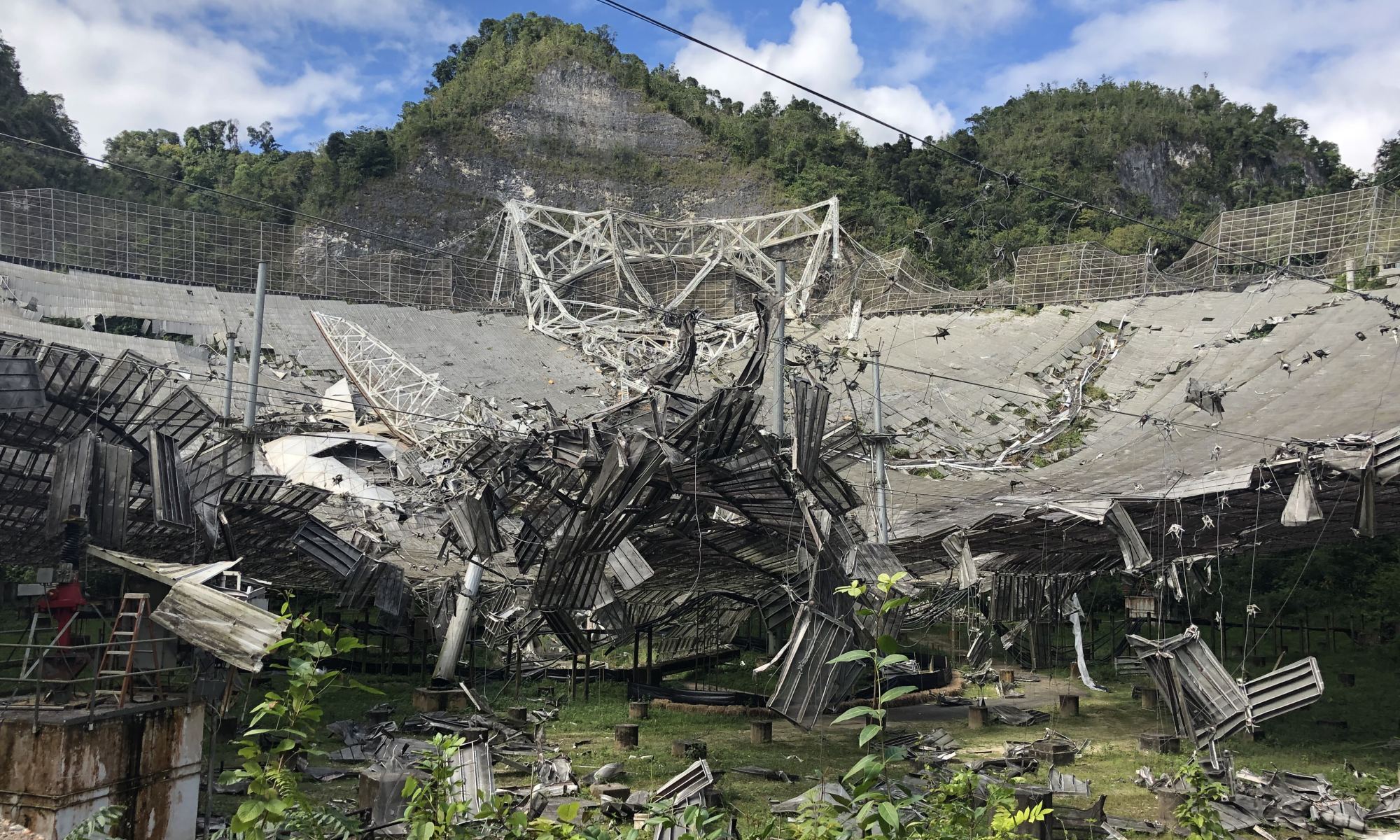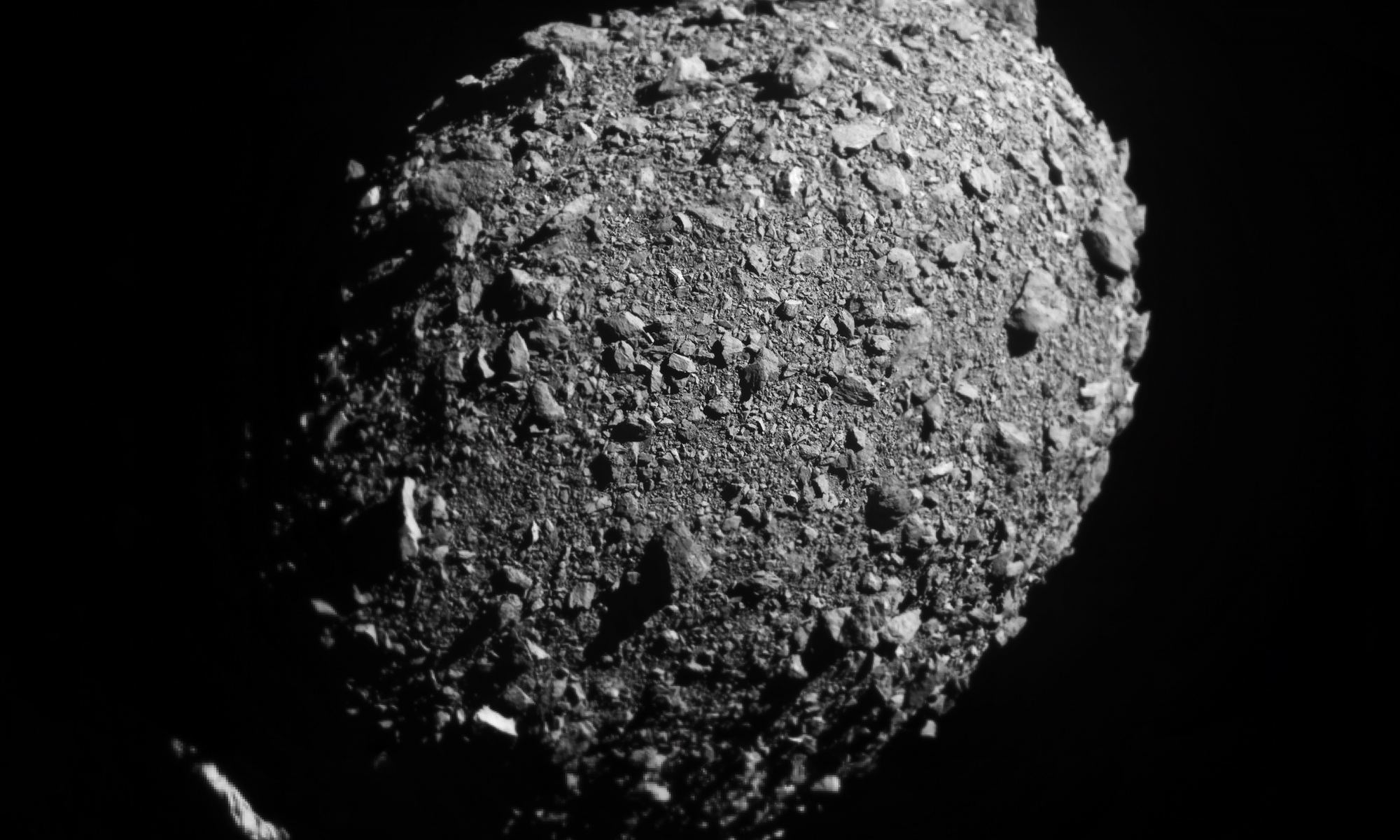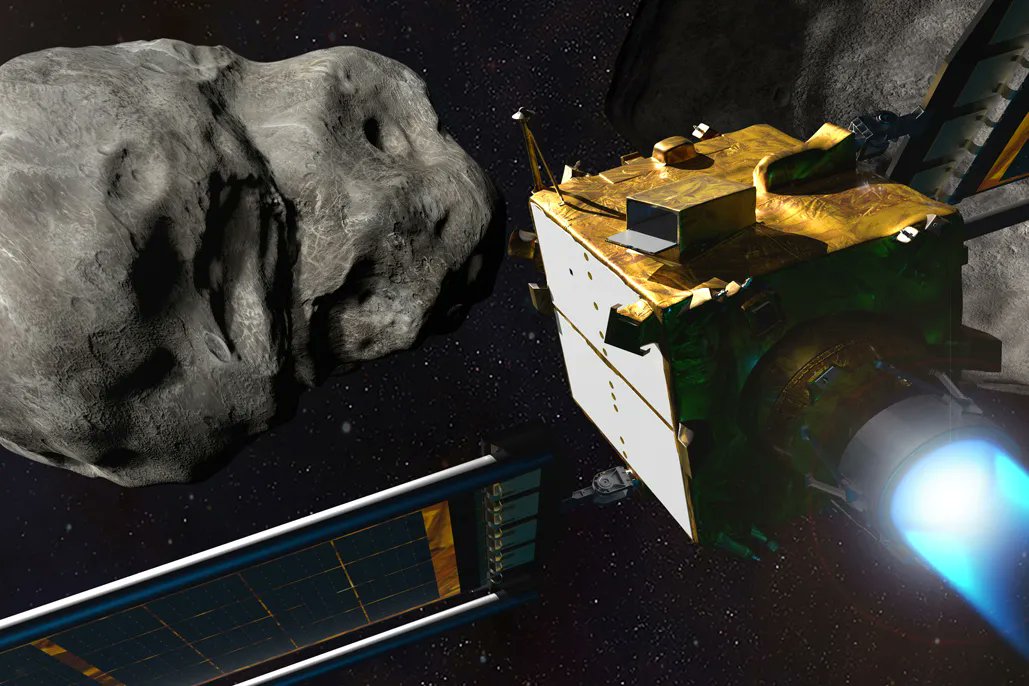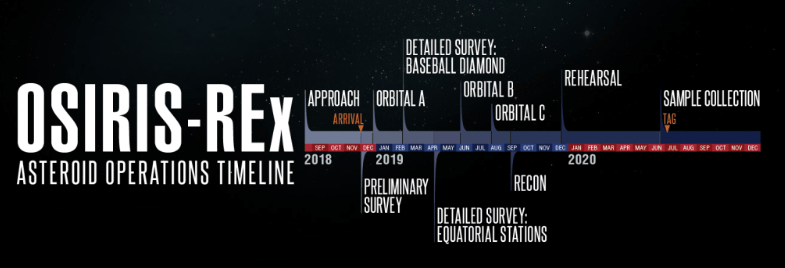Gravity calculations can provide plenty of insight into a variety of phenomena. Everything from Einstein rings to the rocket equation is at least partially dependent on gravity. Now an undergraduate student and professor team from MIT think they have a new use for gravity calculations – understanding the interior density of asteroids.
Continue reading “When an Asteroid Gets Close to Earth, we get a Rare Opportunity to Learn What it’s Made of”Arecibo Won’t Be Rebuilt

The National Science Foundation announced last week that it won’t rebuild or replace the iconic Arecibo Observatory in Puerto Rico, which collapsed in 2020. Instead, the NSF says they have solicited calls for proposals to build a multidisciplinary educational center at the site.
Additionally, the plans do not appear to allow for any future science or observing from the other facilities at the Arecibo site, as the NSF said they will not provide any “operational support for current scientific infrastructure, such as the 12-meter radio telescope or Lidar facility,” also on location.
The announcement has been met with disappointment and disbelief.
Continue reading “Arecibo Won’t Be Rebuilt”Success! DART Impact Shortened Asteroid’s Orbit Time by 32 Minutes

NASA says its DART spacecraft caused a larger-than-expected change in the path of its target asteroid when they collided two weeks ago — marking a significant milestone in the effort to protect our planet from killer space rocks.
Ten months after it was launched, the Double Asteroid Redirection Test’s refrigerator-sized robotic probe crashed into a 560-foot-wide asteroid called Dimorphos on Sept. 26, as it circled a bigger asteroid known as Didymos. The paired asteroids were 7 million miles from Earth at the time, and posed no threat to Earth before or after the smashup.
Before the crash, DART’s science team said they expected the collision to reduce the time it took for Dimorphos to go around Didymos by about 10 minutes. NASA would have regarded any change in excess of 73 seconds as a success.
After the crash, detailed observations from ground-based observatories showed that the orbit was actually 32 minutes shorter — going from 11 hours and 55 minutes to 11 hours and 23 minutes. That’s three times as much of a change as scientists were expecting. Scientists also said Dimorphos appears to be slightly closer to Didymos.
“This is a watershed moment for planetary defense, and a watershed moment for humanity,” NASA Administrator Bill Nelson said today. “All of us have a responsibility to protect our home planet. After all, it’s the only one we have.”
Continue reading “Success! DART Impact Shortened Asteroid’s Orbit Time by 32 Minutes”Scientists Have Been Underestimating the Asteroid That Created the Biggest Known Crater on Earth

Ancient impacts played a powerful role in Earth’s complex history. On other Solar System bodies like the Moon or Mercury, the impact history is preserved on their surfaces because there’s nothing to erase it. But Earth’s geologic activity has erased the evidence of impact craters over time, with some help from erosion.
Earth’s complex history has elevated its status among its Solar System siblings and created a world that’s rippling with life. Ancient giant impacts have played a role in that history, bringing catastrophe and disruption and irrevocably changing the course of events. Deciphering the role these giant impacts played is difficult since the evidence is missing or severely degraded. So how do scientists approach this problem?
One crater at a time.
Continue reading “Scientists Have Been Underestimating the Asteroid That Created the Biggest Known Crater on Earth”A Single High-Resolution Image of Dimorphos Stacked From DART’s Final Images

Here’s a sharper view of Dimorphos, the small asteroid moonlet that the DART (Double Asteroid Redirection Test) spacecraft intentionally crashed into. Eydeet on Imgur created a higher resolution image of Dimorphos by stacking the last few images received from the spacecraft before impact.
First impressions? It’s an egg-shaped rubble pile.
Continue reading “A Single High-Resolution Image of Dimorphos Stacked From DART’s Final Images”This is the Last Thing DART saw as it Smashed Into its Asteroid Target

The first-ever planetary defense technology demonstration mission successfully conducted its mission, slamming into the surface of a distant asteroid and going out in a blaze of glory. NASA’s Double Asteroid Redirection Test (DART) spacecraft acted as a kinetic impactor, colliding with the small and harmless asteroid Dimorphos on September 26 at 7:14PM ET, with the hope of deflecting it.
Continue reading “This is the Last Thing DART saw as it Smashed Into its Asteroid Target”Watch OSIRIS-REx's Complex Orbital Path Around Bennu in This Cool Animation
The OSIRIS-REx spacecraft conducted a two-year reconnaissance and sample collection at the asteroid Bennu, providing crucial data about the 500-meter-wide potentially hazardous rubble pile/space rock. When OSIRIS-REx arrived on Dec. 3, 2018, it needed some tricky navigation and precise maneuvers to make the mission work.
Experts at NASA Goddard’s Scientific Visualization Studio created an amazing visualization of the path the spacecraft took during its investigations. A short film called “A Web Around Asteroid Bennu” highlights the complexity of the mission, and the film is being shown at the SIGGRAPH computer graphics conference in Vancouver, British Columbia, Canada, a festival honoring standout works of computer animated storytelling.
Continue reading “Watch OSIRIS-REx's Complex Orbital Path Around Bennu in This Cool Animation”OSIRIS-REx Would Have Sunk Deep into Asteroid Bennu if it Tried to Land
A pair of studies published in Science and Science Advances have helped identify that NASA’s OSIRIS-REx (Origins, Spectral Interpretation, Resource Identification, Security-Regolith Explorer) spacecraft would have sunk into the asteroid Bennu had the spacecraft not fired its thrusters immediately after collecting samples from the surface of the small planetary body in October 2020. The respective studies examined the loosely packed exterior of Bennu, comparing its surface to stepping into a pit of plastic balls that people of all ages enjoy. The paper in Science was led by Dr. David Lauretta, Principal Investigator of OSIRIS-REx and a Regents Professor at the University of Arizona, and the paper in Science Advances was led by Dr. David Walsh, a member of the OSIRIS-REx team from the Southwest Research Institute in Boulder, Colorado.
Continue reading “OSIRIS-REx Would Have Sunk Deep into Asteroid Bennu if it Tried to Land”We’ll be Building Self-Replicating Probes to Explore the Milky Way Sooner Than you Think. Why Haven’t ETIs?

The future can arrive in sudden bursts. What seems a long way off can suddenly jump into view, especially when technology is involved. That might be true of self-replicating machines. Will we combine 3D printing with in-situ resource utilization to build self-replicating space probes?
One aerospace engineer with expertise in space robotics thinks it could happen sooner rather than later. And that has implications for SETI.
Continue reading “We’ll be Building Self-Replicating Probes to Explore the Milky Way Sooner Than you Think. Why Haven’t ETIs?”The Most Threatening Asteroid Just got Downgraded to “Harmless”. No Impact in 2052
It’s comforting to know that there are people who are literally paid to watch the night sky to ensure that at least we’ll be informed if an asteroid will hit the Earth. Technology and near-Earth surveys have become advanced enough that the likelihood of a planet-killer-sized asteroid coming out of nowhere, as is so prevalent in modern media depictions, is extremely unlikely. Even smaller ones, which would only wipe out a city or part of a continent, get enough attention to tell if they pose a threat or not. And in advance of Asteroid Day 2022, which happened on June 30th, ESA is proud to announce they were able to remove one of the most threatening asteroids from their potential impact list.
Continue reading “The Most Threatening Asteroid Just got Downgraded to “Harmless”. No Impact in 2052″



